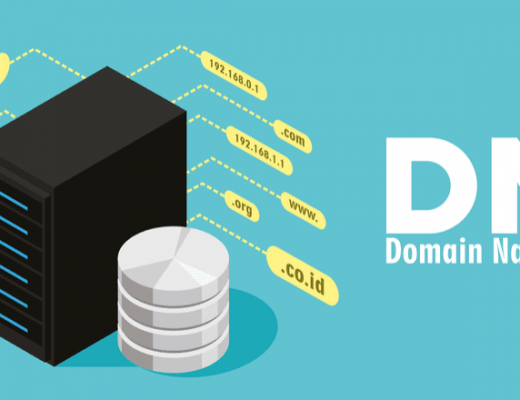The Linux terminal, with its command-line interface, is a powerful tool that offers users unparalleled control over their systems. As you navigate the terminal, you’ll encounter a variety of symbols in the prompt, each conveying important information about your current environment and permissions. In this blog, we’ll delve into the significance of these symbols and what they reveal about your terminal session.
The Basics: Anatomy of a Terminal Prompt
A typical Linux terminal prompt looks something like this:
username@host:directory $Let’s break down each component:
username: The name of the currently logged-in user.host: The name of the computer or server.directory: The current working directory.
After this information comes a crucial symbol:
- Dollar Sign (
$): - Meaning: Represents a regular user’s prompt.
- Usage: Regular users, with limited privileges, execute commands without superuser access.
Alternatively, for the root user (superuser or administrator), the prompt looks like this:
username@host:directory #- Hash (
#): - Meaning: Represents the root user’s prompt.
- Usage: The root user has elevated privileges and can perform system-level tasks.
Decoding the Symbols
Understanding the symbols in your terminal prompt is akin to deciphering a code that provides essential information about your current environment. Let’s explore their significance:
1. $ – The Regular User Prompt
When you see a prompt ending with $, it indicates that you are operating as a regular user. Regular users have limited permissions and execute commands within the scope of their user account. This is the default prompt for most users.
Example:
user@mycomputer:~/Documents$2. # – The Root User Prompt
The # symbol signifies that you are operating with superuser privileges. The root user has unrestricted access to system resources and can perform tasks that affect the entire system. It’s crucial to exercise caution when executing commands as the root user.
Example:
root@server:/var/www#Navigating the Terminal with Confidence
As you embark on your journey through the Linux terminal, these symbols serve as your compass, guiding you through the vast landscape of commands and directories. The prompt not only reflects your current status but also influences the scope of actions you can perform.
Understanding the significance of symbols in the terminal prompt is fundamental for every Linux user. It empowers you to make informed decisions, ensures you’re aware of your level of access, and contributes to a secure and efficient terminal experience.
In conclusion, embrace the symbols in your terminal prompt—they are your companions on the journey of mastering the Linux command line. As you become more fluent, you’ll find that the terminal prompt is not just a string of characters; it’s a window into the heart of your Linux system. Happy coding!
